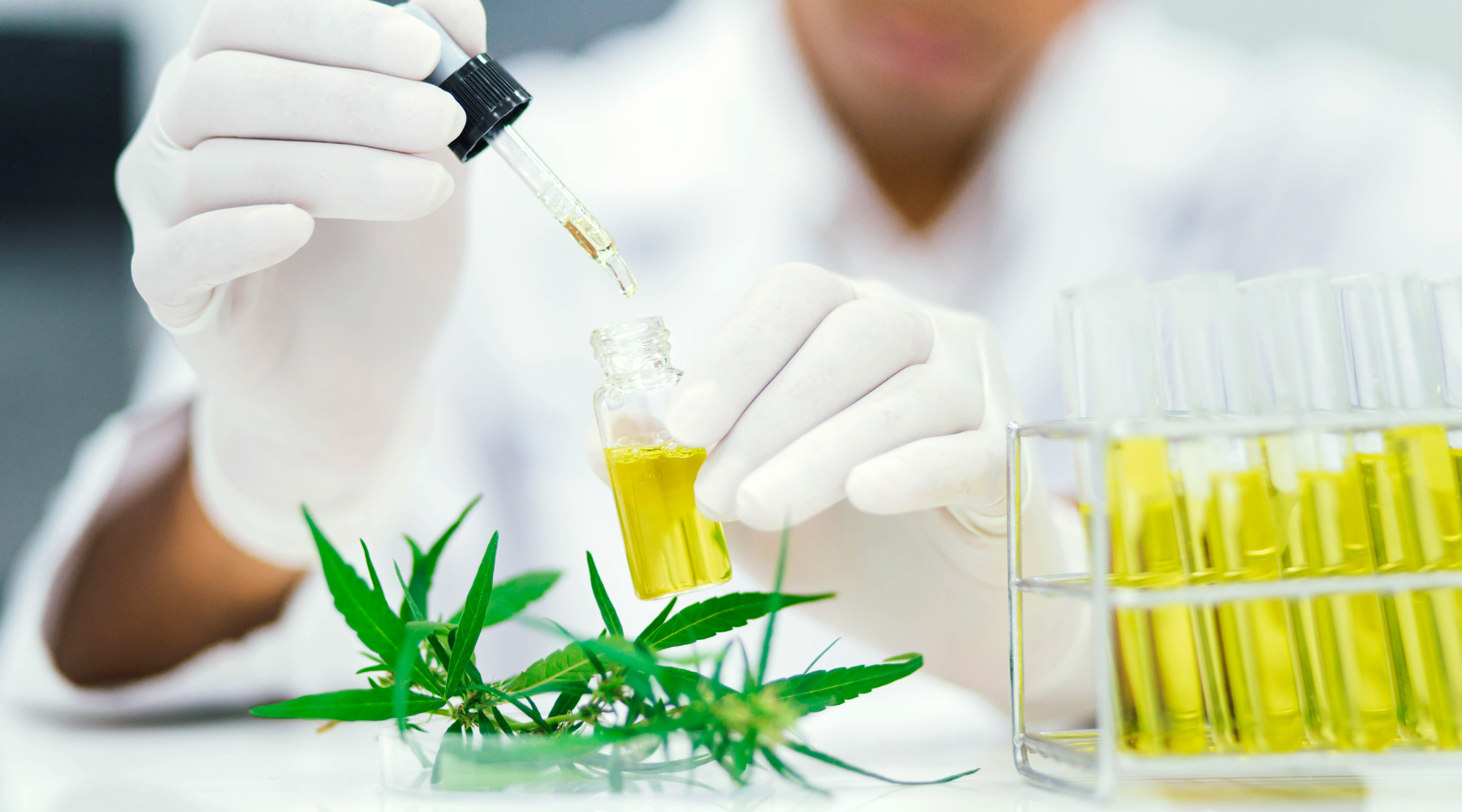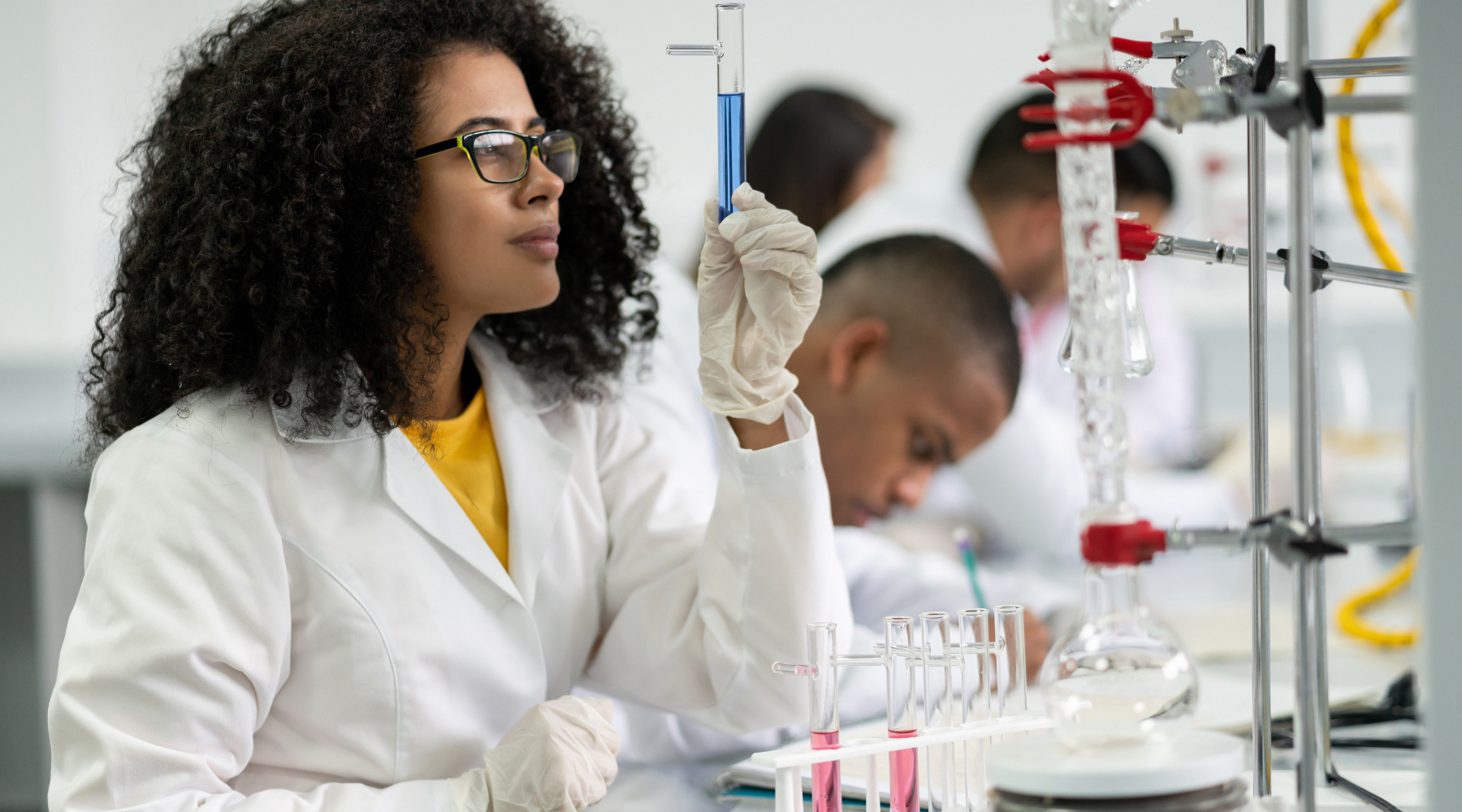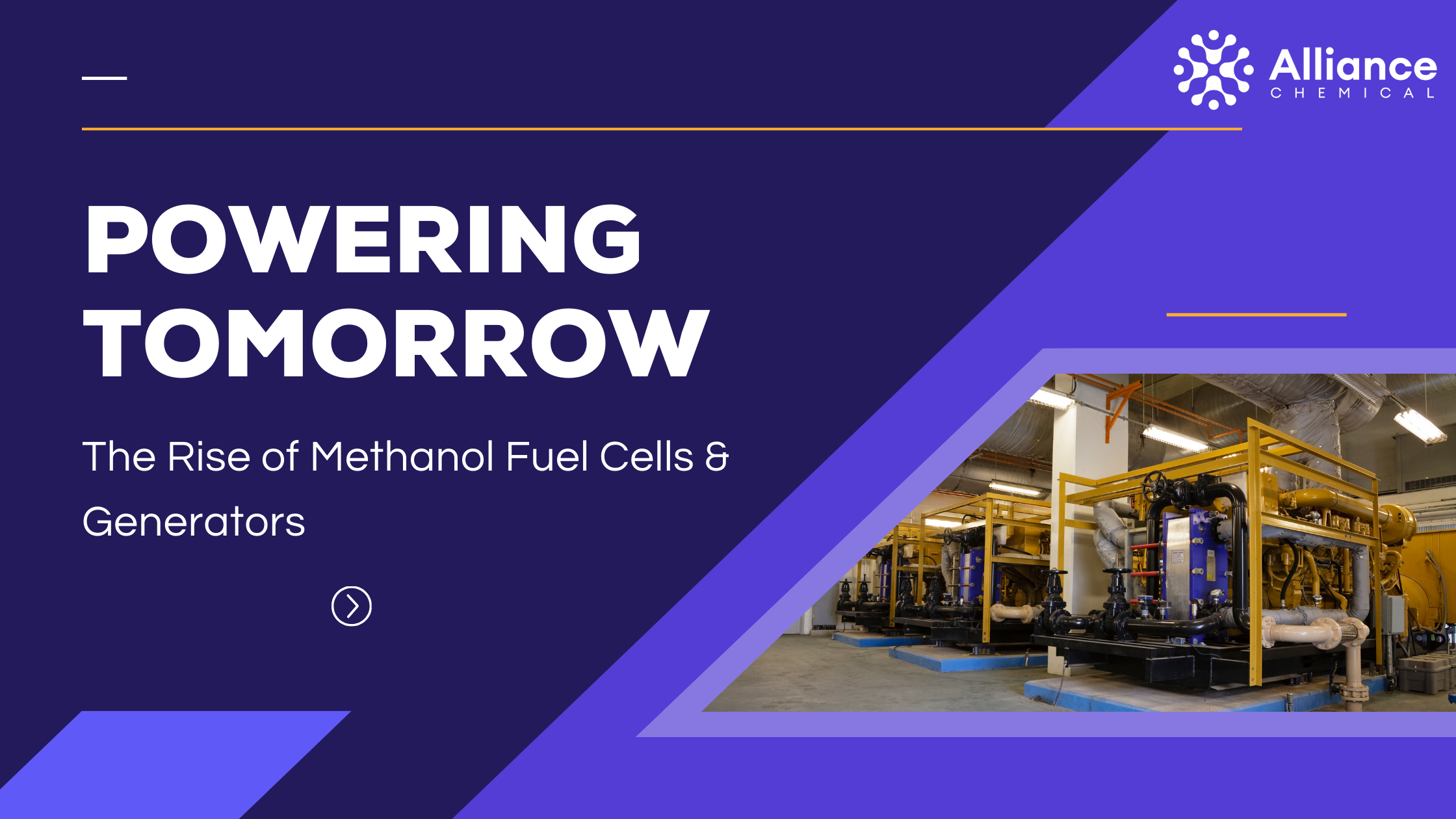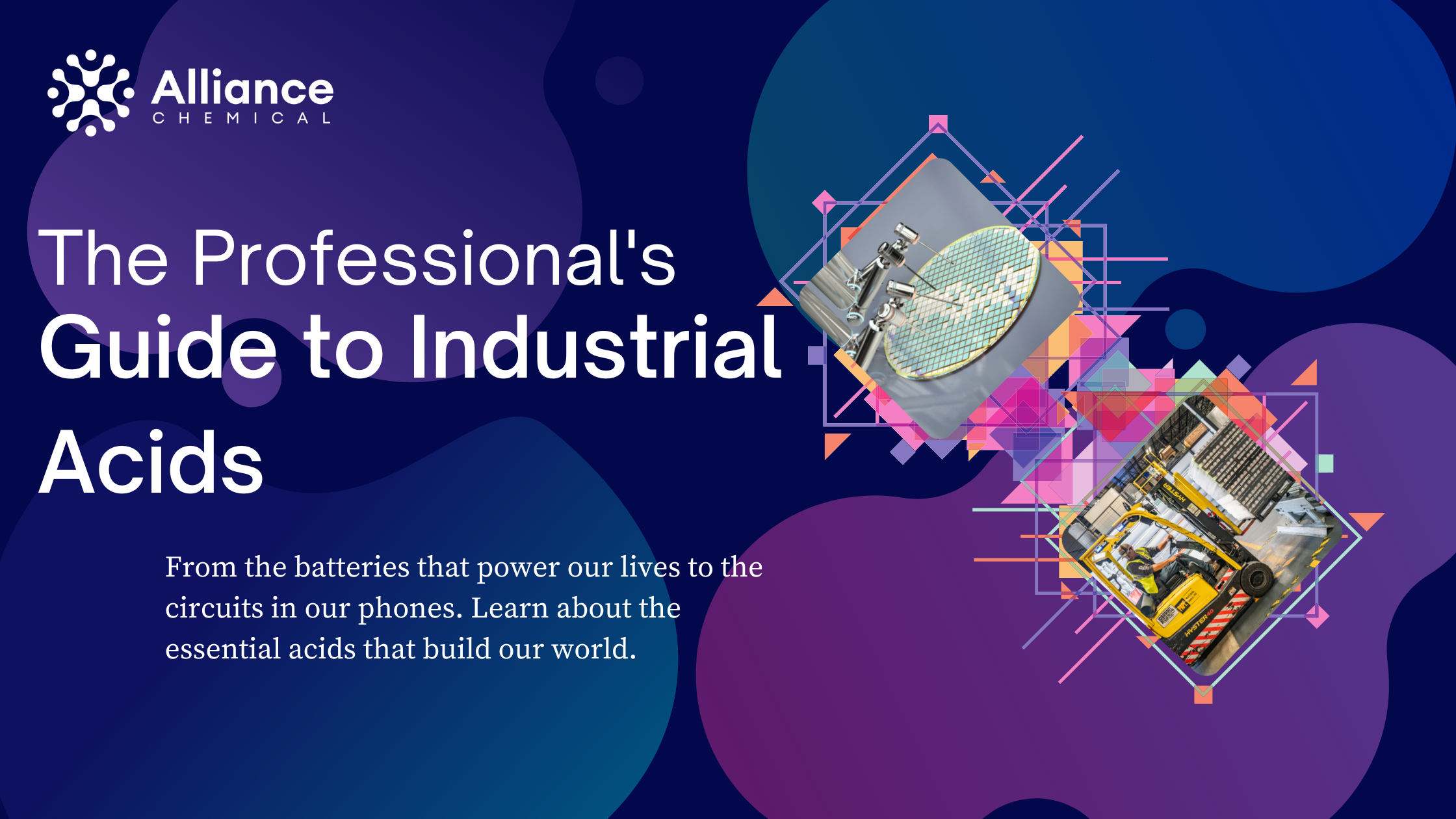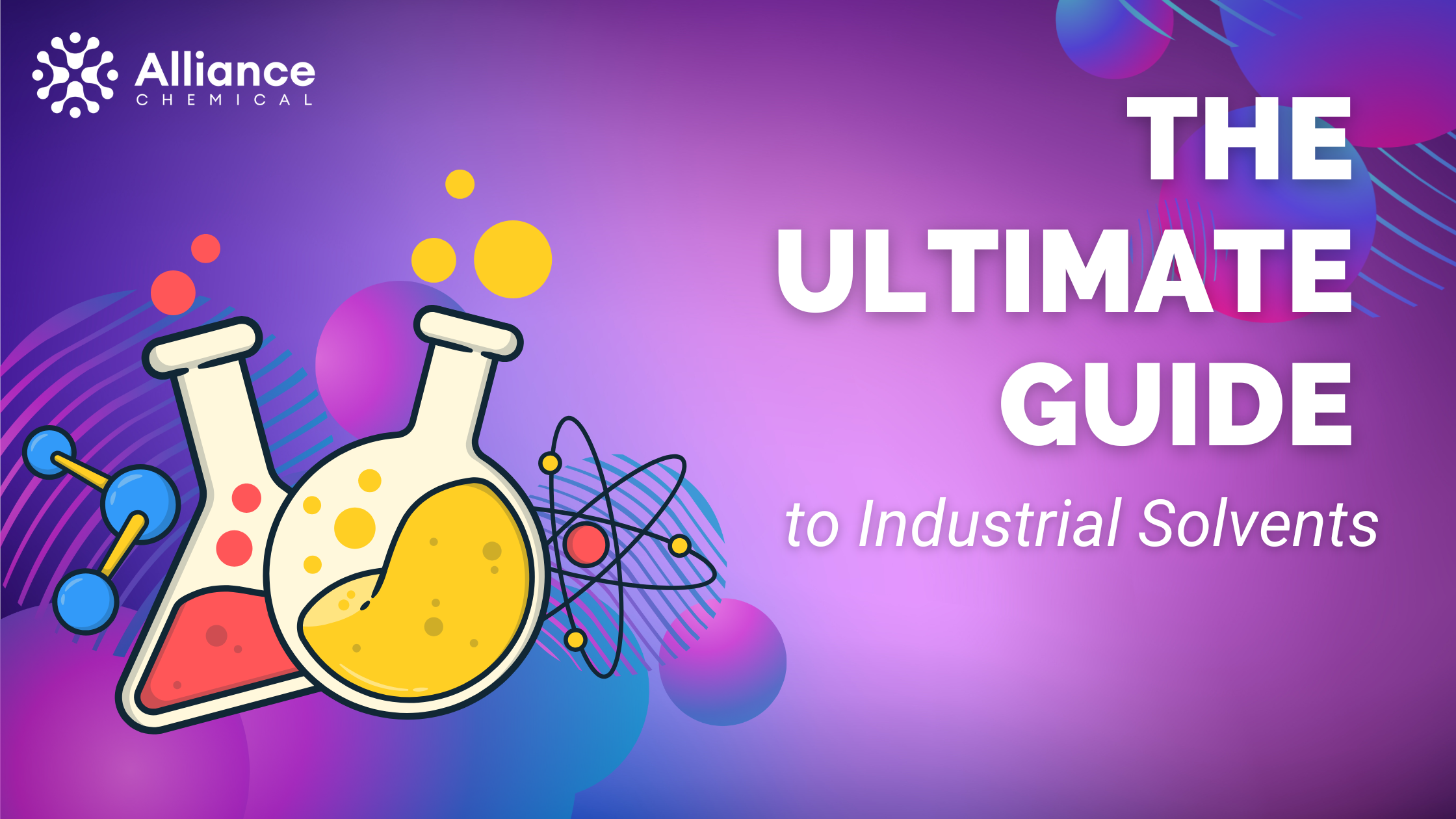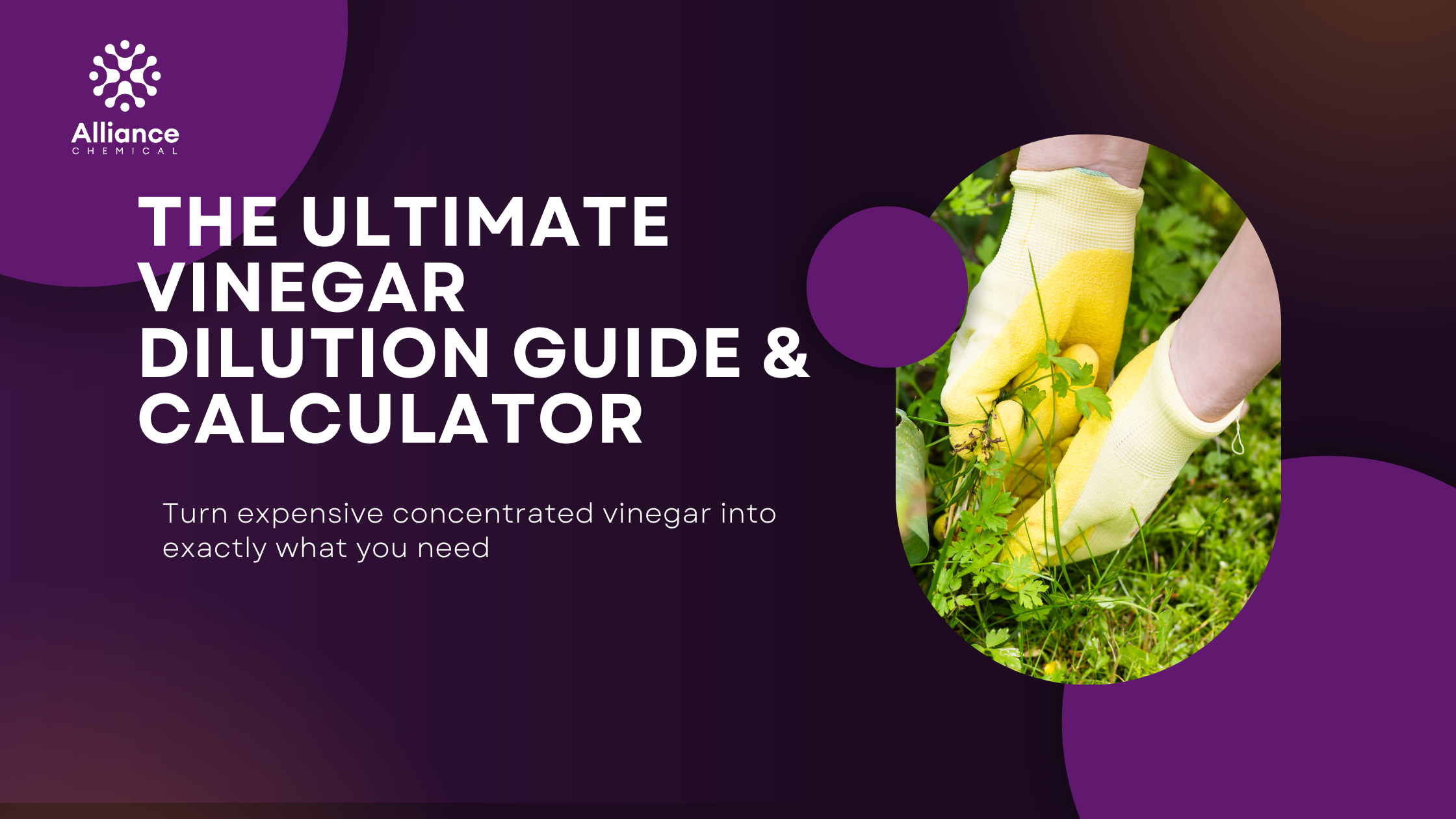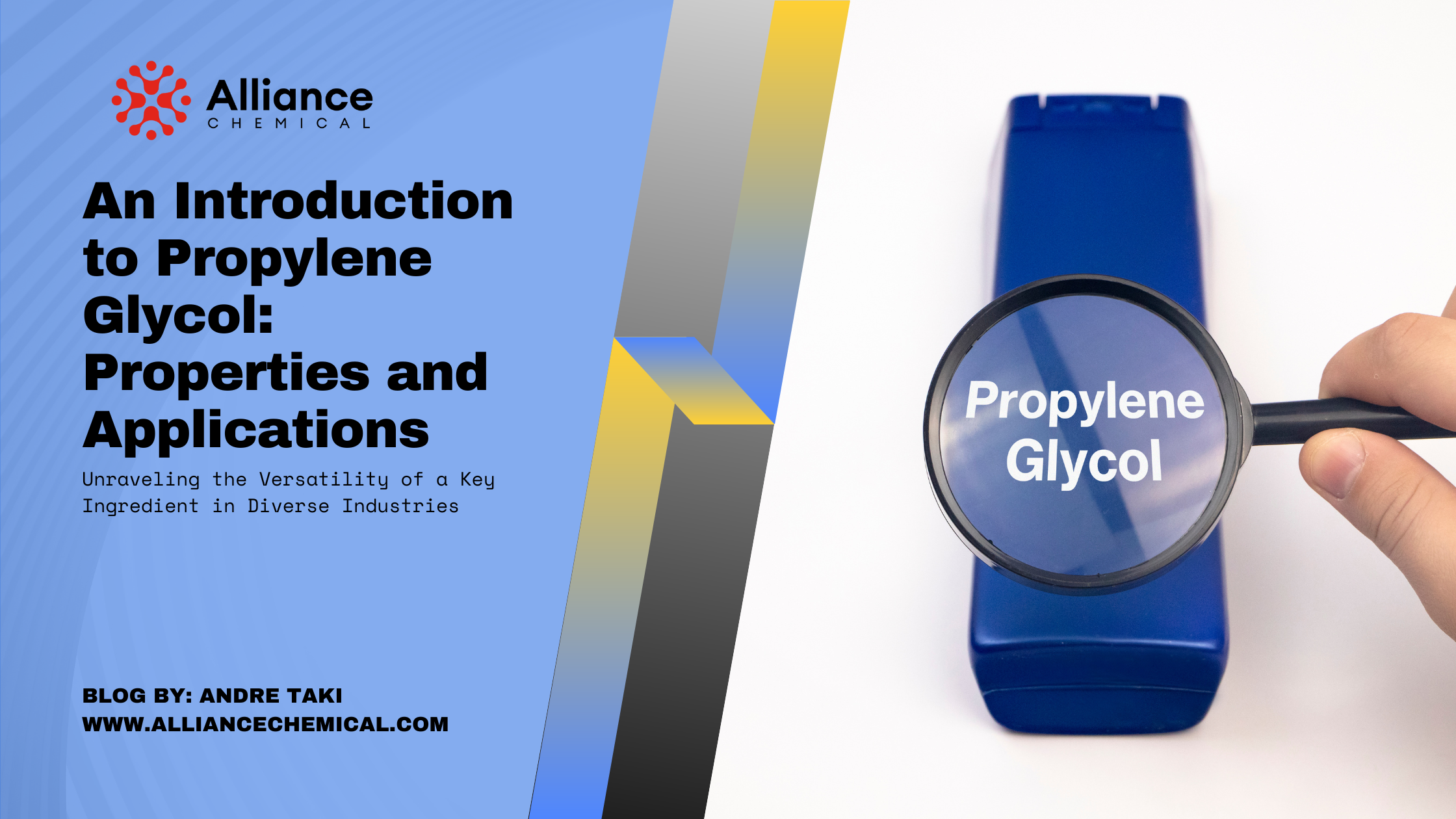
An Introduction to Propylene Glycol: Properties and Applications
Summary
In the vast landscape of industrial and consumer chemicals, few compounds can match the sheer versatility and safety profile of Propylene Glycol (PG). From preserving the texture of our food to protecting critical HVAC systems from freezing, PG is a silent workhorse in countless applications. This definitive guide provides a deep, technical dive into the properties, grades, and applications of PG, empowering formulators, engineers, and industry professionals to select and utilize this powerful compound with confidence and precision.
Understanding Propylene Glycol: A Chemical Profile
Propylene Glycol (IUPAC name: propane-1,2-diol) is a synthetic organic compound with the chemical formula C₃H₈O₂. It is a viscous, colorless, and nearly odorless liquid that is completely miscible with water, as well as a broad range of organic solvents like acetone and chloroform.
Its remarkable utility stems from several key properties:
- Hygroscopic Nature: PG is an excellent humectant, meaning it attracts and holds water molecules from the surrounding environment. This makes it invaluable for maintaining moisture in products.
- Superb Solvent: It can dissolve a wide array of active ingredients, flavorings, and colorants that are not soluble in water alone, acting as a carrier fluid.
- Low Volatility & High Boiling Point: With a boiling point of 188.2 °C (370.8 °F), it remains stable in a wide range of temperatures.
- Low Freezing Point: Like all glycols, it dramatically lowers the freezing point of water, making it a highly effective antifreeze.
- Low Toxicity: This is PG's single most important characteristic. It has a very low toxicity profile, leading the FDA to classify it as "Generally Recognized As Safe" (GRAS) for use in food, pharmaceuticals, and cosmetics.
The Mandate for Safety: PG in Food, Pharma, and Cosmetics
In any application where human consumption or contact is a possibility, the safety of Propylene Glycol USP Grade makes it the unquestionable choice.
Food & Beverage Industry
PG is a multifunctional food additive (E1520) that improves the quality and shelf-life of processed foods by serving as a:
- Humectant & Stabilizer: It maintains a desirable texture and prevents products like baked goods and frostings from drying out.
- Solvent/Carrier: It is used to dissolve concentrated natural flavors (like vanilla or almond extract) and food dyes for even distribution throughout a product.
Pharmaceuticals & Personal Care
In this sector, PG's roles are even more diverse. It functions as a:
- Solvent in Oral & Topical Medications: It helps to dissolve active pharmaceutical ingredients (APIs) in liquid syrups, soft-gel capsules, and topical creams for effective delivery.
- Humectant in Cosmetics: It draws moisture to the skin, making it a key ingredient in lotions, moisturizers, and deodorants to combat dryness and improve skin feel.
- Penetration Enhancer: It can help carry other active ingredients through the skin barrier.
The Industrial Workhorse: PG in Heat Transfer and Antifreeze
While its safety is paramount in consumer goods, Technical Grade Propylene Glycol is a robust fluid for demanding industrial applications, especially where environmental concerns or incidental contact are factors.
Non-Toxic Heat Transfer Fluids
PG-based antifreeze is the required choice for any closed-loop heating or cooling system where a leak could potentially contaminate potable water or food products. This includes:
- Chillers in breweries, dairies, and food processing plants.
- HVAC systems in schools, hospitals, and residential buildings.
- Hydronic heating and solar thermal systems.
PG vs. EG in Heat Transfer: While PG is the safer choice, it is more viscous than Ethylene Glycol, especially at low temperatures. This means PG systems require slightly more pumping energy. However, for most standard HVAC and food-grade applications, this difference is negligible compared to the critical safety advantage PG provides.
The Importance of Corrosion Inhibitors
Like all glycols, uninhibited PG will degrade over time into corrosive acids. That's why professional formulations like Inhibited Propylene Glycol are essential. These products contain a sophisticated package of inhibitors that protect system metals like steel, copper, and aluminum from corrosion, ensuring the longevity and efficiency of valuable equipment. For leak detection, pre-dyed versions like Arctic Assist are often used.
Buyer's Guide: Selecting the Correct Grade of Propylene Glycol
Choosing the correct grade of PG is not just a matter of performance, but often of regulatory compliance and safety. This table breaks down the key distinctions.
| Product Grade | Purity / Standard | Key Characteristics | Mandatory Use Cases |
|---|---|---|---|
| USP Grade | Meets United States Pharmacopeia (USP-NF) and Food Chemical Codex (FCC) standards. Highest purity. | Certified safe for food, drug, and cosmetic applications. Extremely low toxicity. | Food additives, pharmaceuticals, cosmetics, personal care products, e-liquids, any system where fluid could contact food. |
| Technical Grade | Industrial Specification | High-performance fluid not certified for human consumption or contact. | Industrial coolants, non-food grade HVAC, de-icing fluids, plasticizers, hydraulic fluids. |
| Inhibited PG | Technical Grade + Additives | Contains a package of chemical inhibitors to prevent corrosion of system metals. | ALL closed-loop heating and cooling systems to prevent equipment damage. A must for protecting your investment. |
Critical Safety & Handling Protocols for Propylene Glycol
While PG is recognized as safe for its intended applications, all industrial chemicals should be handled with professional care and respect.
- Good Industrial Hygiene: Although low in toxicity, it's always best practice to wear standard PPE, including gloves and safety glasses, to prevent unnecessary skin and eye contact.
- Storage: Propylene Glycol is hygroscopic. Store it in a cool, dry place in a tightly sealed container to prevent it from absorbing moisture from the air, which can dilute its concentration.
- Spills: PG can make surfaces very slippery. Clean up spills promptly with absorbent material to prevent slip and fall hazards.
- Grade Integrity: Never use Technical Grade PG in an application that specifies or requires USP Grade. This can lead to product contamination and regulatory violations.
